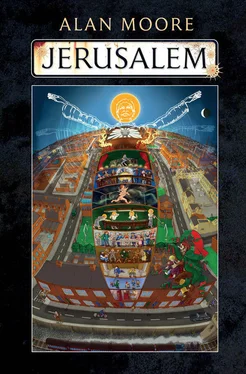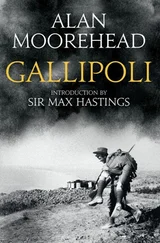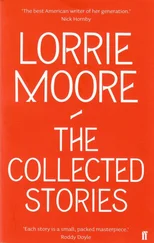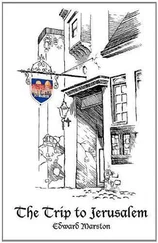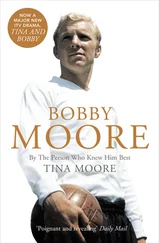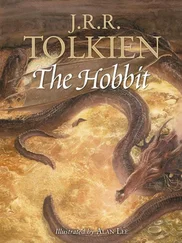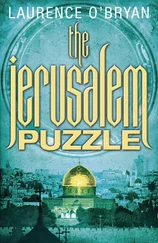Item twenty-seven, labelled Burning Gold by its green scribbled afterthought, was not a new idea — Mick thought he could remember Alma telling him of an American named Boggs that she admired who’d first done something very similar — although the details of its execution were markedly different. A ridiculously enlarged (or perhaps inflated) reproduction of a banknote, straddling the fine-to-non-existent line dividing art from forgery and rendered in authentic-looking pen and ink, it seemed to be accumulating more absurdist details as he studied it. It was a twenty, with a copyright line at the bottom stating this year, 2006, to be its date of issue. Details of typography and serial numbers were identical to standard currency, as was the colouration and the general composition of the counterfeit’s elaborate illustration. Certain elements of content, though, had been transposed or altered. To the note’s left, as on normal money, a vaguely amphibious-looking Adam Smith faced right in profile, wrought from mauve engraving with a face of gentian dust, a topcoat and peruke of thumbprint whorls. The capitalist visionary, however, now found himself in a staring contest with a matching profile over on the right, where a comparably meticulous lavender bust of Alma’s pop-terrorist K-Foundation mate Bill Drummond had been added. Simultaneously serious and satirical, the Corby-reared Scot’s resolute gaze drilled into the architect of boom and bust’s bland salamander stare of self-assurance. There was clearly no hope of negotiation. In the centre-ground between the men, the customary diagram detailing eighteenth-century pin manufacture had been skilfully replaced by a rendition of what Mick knew from his sister’s testimony to be Drummond’s celebrated burning of a million quid up on the remote Hebridean isle of Jura, where George Orwell went to finish 1984 . Against a sphere of Spirograph complexity and finely hatched in tones that strayed from sepia to strawberry were four men in a ruined cottage. Three of them — Drummond himself, his K-Foundation partner Jimmy Cauty and their witness, the TV producer Jim Reid — shovelled crisp fifty-pound notes into a central conflagration, while the fourth, ex-army cinematic auteur Gimpo, captured the resultant cash-to-ashes alchemy on film. Superimposed in purple lettering above where it said “Bank of England” was the altered legend: “The division of opinion in slave manufacturing: (and the great decrease in the quantity of slaves that results).”
Moving on to item twenty-eight, just underneath, Mick thought that the idea of slavery might well be what connected the two juxtaposed exhibits to each other. With a title-note that read The Rafters and the Beams , the lower work was a brightly-embellished reproduction of an eighteenth-century sea-chart that had three-dimensional inclusions. Hanging slack across the canvas, linking the west coast of Africa to Britain and America, were heavy lengths of dirty and encrusted iron chain attached by rusted fastenings to the picture’s surface. He looked carefully for hidden ironies or meanings, perhaps subtleties concealed within the map’s antique background calligraphy, but there was nothing. The mixed-media piece’s statement was apparently as stark and simple as it seemed on first sight. The tea-stained cartography with its quaint flukes of spelling and its guesswork coastlines was a Western view of history, the map and not the territory, a construct that was never real except on paper, which would be revised, forgotten, superseded, lost, a mind-set that would crumble and disperse more quickly than the parchment it was written on. The chains, though, they were real. Chains of event that could not be undone, they would endure forever and have solid consequence long after all the plans and paperwork and trade routes that had forged them had been rendered obsolete; long after every other element in this specific image had returned to mulch and dust.
The next inclusion, twenty-nine, was hung alone and mostly executed as a choppy sea of riotous gouache. It had all the roughneck jostle of the music halls that Mick had seen, as recreated by the nineteenth-century English moderns. In the false night of a matinee, the viewer looked up from amongst a cheap-seat audience of jeering drunks towards the stage, the painting’s focal area, contained within the second frame of a theatrical proscenium arch. Against a threadbare backcloth with a crudely-handled copy of the front of All Saints Church smeared on it, funny-looking actors postured on a platform between balsa pillars or sat huddled on the short flight of broad wooden steps knocked up in front of this, painted to look like stone. The seated couple on the foreground stairs, an angry woman and a man clad in a garish yellow plaid, possessed a seaside Punch and Judy air in their exaggerated spousal animosity, squatting at opposite extremes of the same cone of spotlight. On the raised-up boards behind them, seemingly unnoticed, several figures dressed in period costumes that were all a uniform chalk white but otherwise historically mismatched struck attitudes of indignation or surprise with over-emphasised expressions on their floured-up features. Was this meant to be a supernatural tragedy, a Macbeth or a Hamlet with too many ghosts? Meanwhile, close to the onlooker, a herd of lewd and catcalling spectators looked on in ribald amusement, rage, or lechery. There was a messy proletarian energy that could get out of hand in the daubed light and beery gloom. The picture’s hurried green appendage, with its sticky tape detaching at one corner and a consequent diagonal tilt making it even more difficult to fathom, read, unhelpfully, The Steps of All Saints . Mick was unsure what to make of it. The seated pair, dressed for the 1940s, did not look that different from the rough-and-ready crowd that heckled them. Their anguish and discomfort, then, seemed somehow both contemporary and more real, rather than merely acted. If that were the case, though, the pretended spectres strutting and gesticulating from behind them bordered on the inappropriately comical. The picture was disturbing in its weirdness and its incongruity, the sense of something very personal between the duo on the steps that had become a melodrama, a performance, exposed to the disapproval of a ticket-buying public, squirming in the limelight and mocked even by the special-effect spooks. It was a private moment in the open air that had been brought inside, into a rowdy auditorium to entertain an undiscriminating mob, displacement as unsettling as an indoor crow. Making a show of themselves, was that what the piece was saying?
Still turning the painting over in his forebrain, gingerly like a grenade or hedgehog, Mick moved on towards exhibit thirty. As he did so it occurred to him that, from above, he and his fellow gallery-goers must resemble tokens as they inched around the oblong room’s edge to avoid the table in its centre, pieces on an outsized board game of the kind that had tiled his insomnia of the previous night. He glanced around the room, attempting to determine which amongst the other patrons was the Scotty dog and which was the top hat. Over in the far corner, near the frightful shot of Mick’s scoured features, Alma was apparently receiving some kind of a telling-off from Lucy and Melinda, very possibly about the cruel and yet ingenious portrait they were standing next to. Good. It was no more than she deserved. The captive population of the nursery had thinned a little in the hour, hour-and-a-half since the doors opened, although not enough to make his progress on the maddening Monopoly path any easier. By the wedged-open door Bert Regan looked to be wiping the floor with both Ted Tripp and Roman Thompson in a raucous laughter match, a less cerebral version of thrashing two chess opponents at the same time. Elsewhere Rome’s boyfriend Dean stood with Dave Daniels, looking at the brawling giants as they laid about them with their ore-splashed snooker cues. Dogs were arguing offstage, out in the Saturday-slumped Boroughs. Shifting his attentions back to item thirty, he moved to the next square of the circuit to receive his forfeit or establish a hotel. He didn’t pass Go or collect two hundred pounds.
Читать дальше
